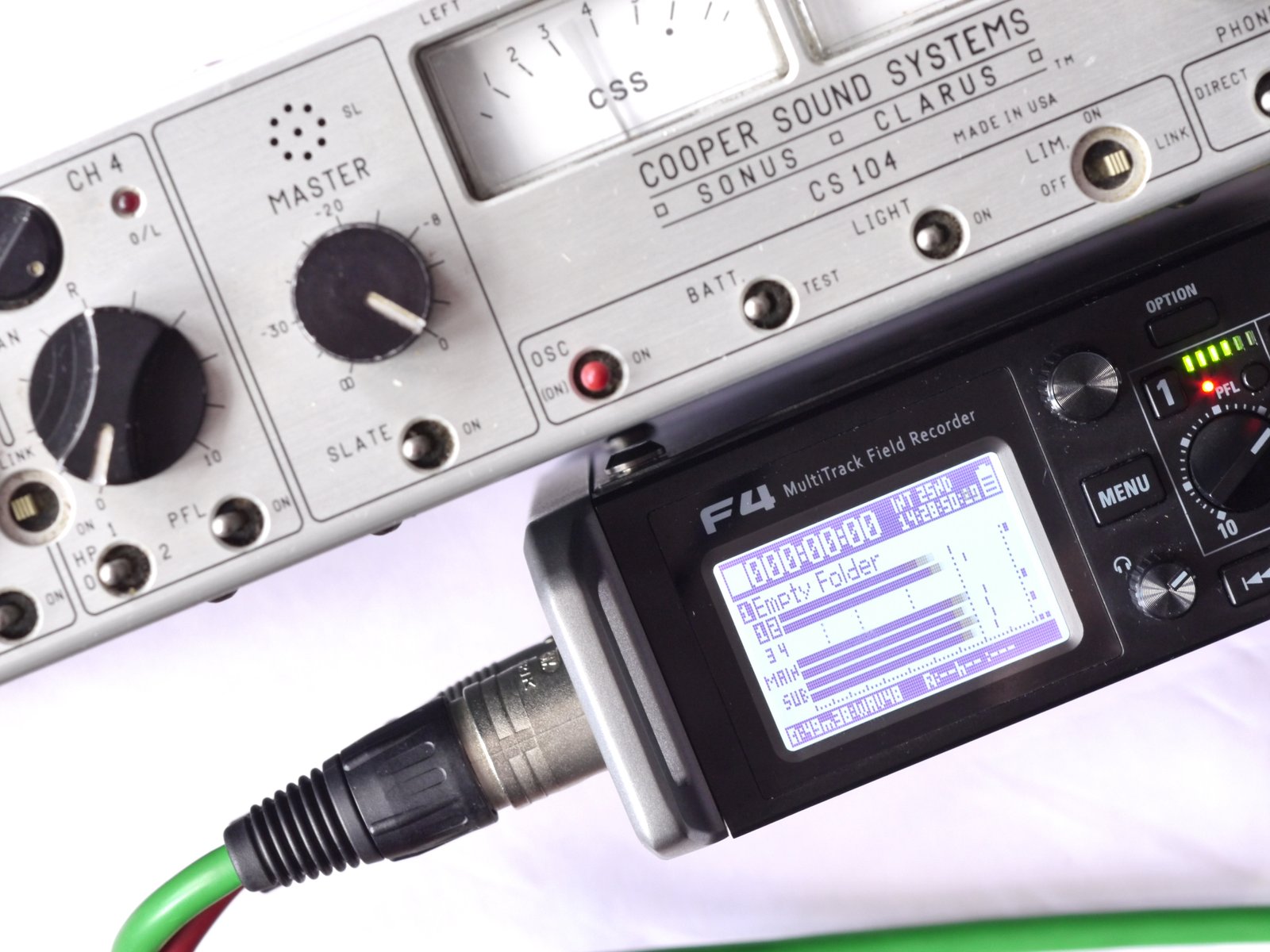How can we be sure? I mean really sure? I mean almost certain? How can we be sure when we press stop we have a recording? The moment recorded may well never come again. How sure are we that it has been captured? In a digital world the answer to that is Verifile from Prismsound.
There are many things we might miss about analogue recording, editing with razor blades for example, the physicality of tape and working with massive pieces of Swiss mechanical engineering. Studer A80, how we miss you! But what we miss most of all is off tape monitoring. By the simple expediency of putting the record head before the replay head in the tape path, you could listen off tape and be pretty, very, almost certainly sure that you had a serviceable recording. Digital has come bearing many gifts but off tape monitoring (with the notable exception of some professional tape based formats) is not one of them.

So how can we be sure that the digital file we have written is intact? Well we can rely on the tried and tested method, which is basically assuming that as most of our recordings are ok then this one is probably ok too. Sort of crossing your fingers while muttering the magic name – David Hume. And when you write that out it doesn’t seem like such a good idea! And especially don’t ask us to define – OK!
Which is why Prismsound have come up with Verfile. Verfile is a means of alerting you to errors in your recorded files that has been four years in development and is now available free and gratis with every Prismsound USB audio interface. So how does it work? Well at the ‘how do I drive a car level’, it is simplicity itself. You open the control panel of your PrsimSound USB device and hit the ‘Verifile’ button, it turns green and hey presto we have verifile engaged.

Now every recording you make over your usb connection to the computer via the analogue inputs to your interface will have Verifile information encoded into the dither of the audio file. The integrity of this invisible, indeed inaudible information is then able to be queried by a Prismsound Verifile app in a matter of seconds. So within a minute of finishing your recording you will be able to say with confidence that the performance is ‘in the can.’
The extra Verifile information is hidden in the random dither applied to the digital output of the interface. But what do we mean by ‘in the can’? Well we can now be 99.99999999 percent sure that our recording is bit perfect, in fact much more confident than that but I’ve run out of my quota of ‘9’s for this month!
You can check your file in real time during playback and you can check your signal path E to E in and out of the Prismsound converter for Verifile compliance. But how big a risk are we taking – aren’t all our recordings pretty good?
Well we don’t know until we have a reliable way of testing our systems. That is actually one of the benefits of Verifile – if your recording work flow is problem free – then you will have visual confirmation of that good news. What a great thing to say your client, I have made this recording for you and it is bit perfect!
Last week I took a Prismsound Titan with Verifile out on a gig – simple three piece band – North Wales based Cool Soup – six mics – no bother. The job was to record and play back – very straightforward except when we came to playback – we experienced some tweeter shredding noise that signified something seriously wrong. Ironically on the first job I have ever done with Verifile – talk about timing. As it turns out a misbehaving DAC was the culprit and the audio files were fine.
Back at the ranch I ran some simple recording tests on to my office PC and what do you know on the third file I recorded I saw my very first Verifile error. Now Verifile is not in the business of attributing seriousness to error conditions – though obviuosly if your file is riddled with errors it is more likely to be audibly damaged than the single sample problem I experienced in my sixteen second test file. In fact the error was inaudible and not a problem, however if it was a never to be repeated record session – I would have the warning I needed to at least cover that section of the file with a retake.
Now the Verifile signal itself is fragile – any changes you make to the original rushes will destroy the Verifile information, even a small change in the level of the file, or even re-saving it with a dither option enabled will be enough to deVerifile your file. But that is not such a problem – we change files all the time – it is original recordings we get nervous about.

Probably all of us have experienced system update misery – a Windows update, a new MACOS release or just a new driver can reduce our computer based recorders to junk. In fact we may well have existing problems recording bit perfect audio that we don’t even know about. Verifile makes that ignorance a thing of the past, it makes quantifiable the state of our recordings and by extension our recorders. It’s a milestone for those who take their recordings and recording systems seriously – it is digital delivering in a significant way on that original promise – ‘Perfect Sound for Ever!’
